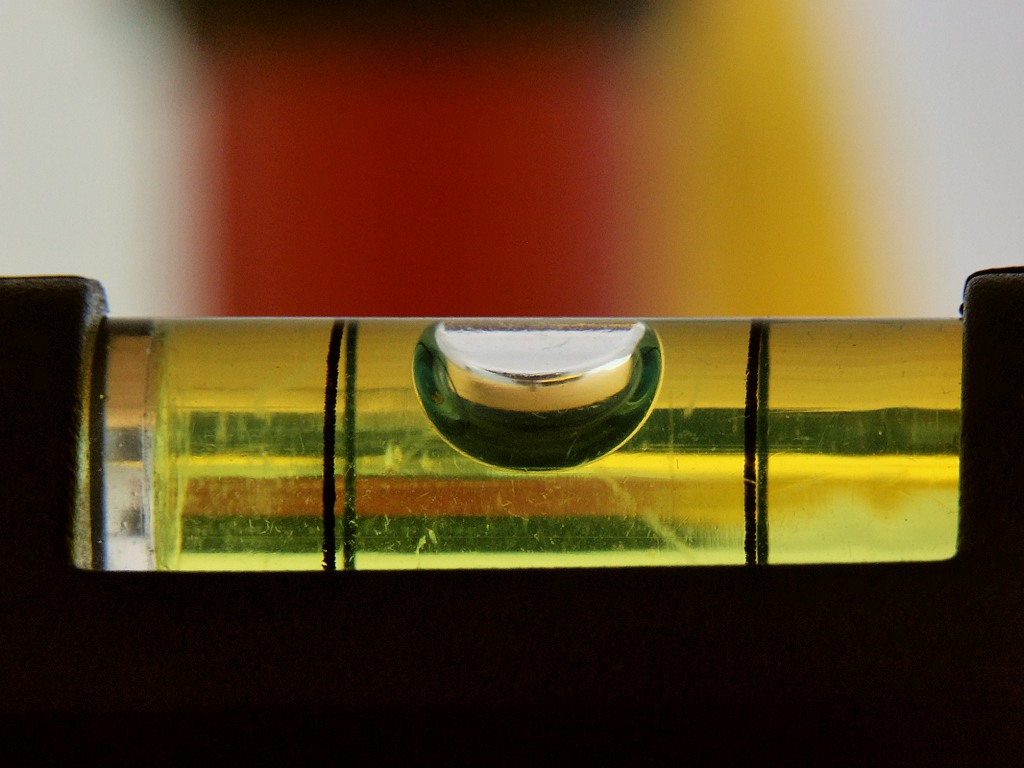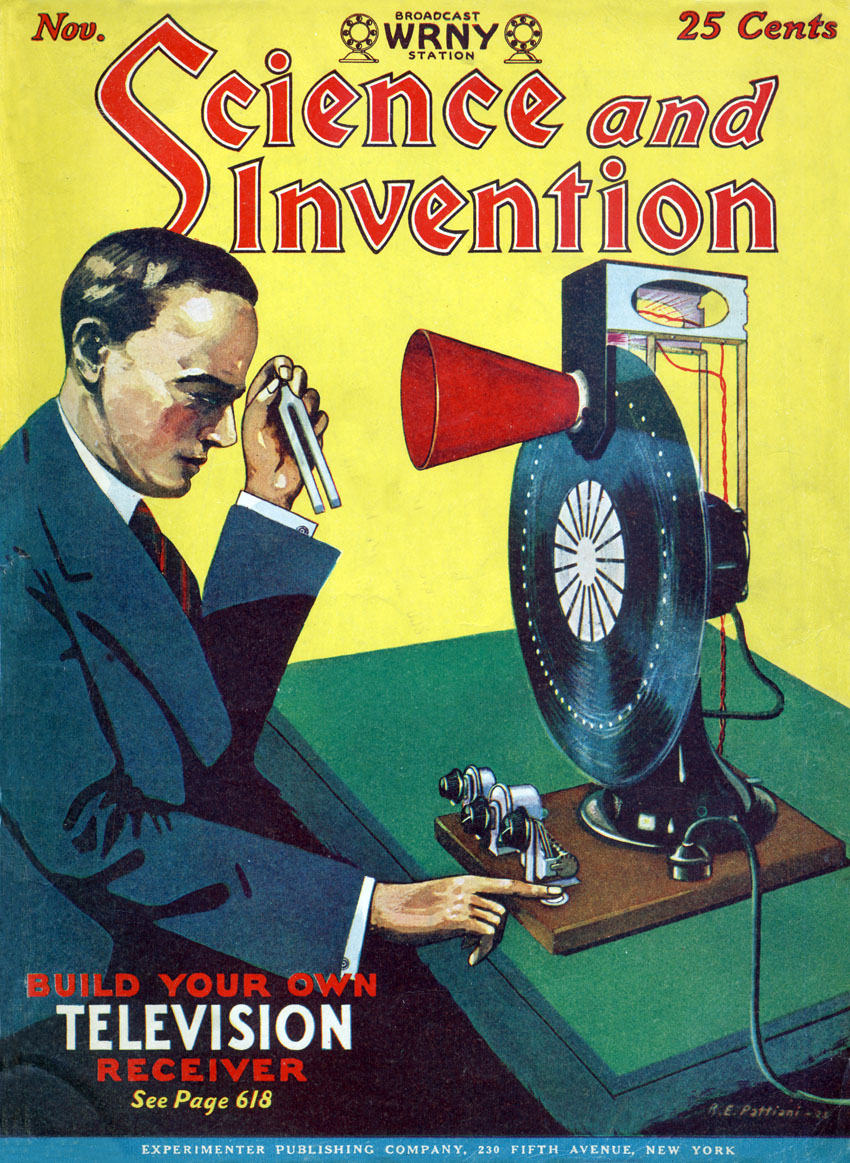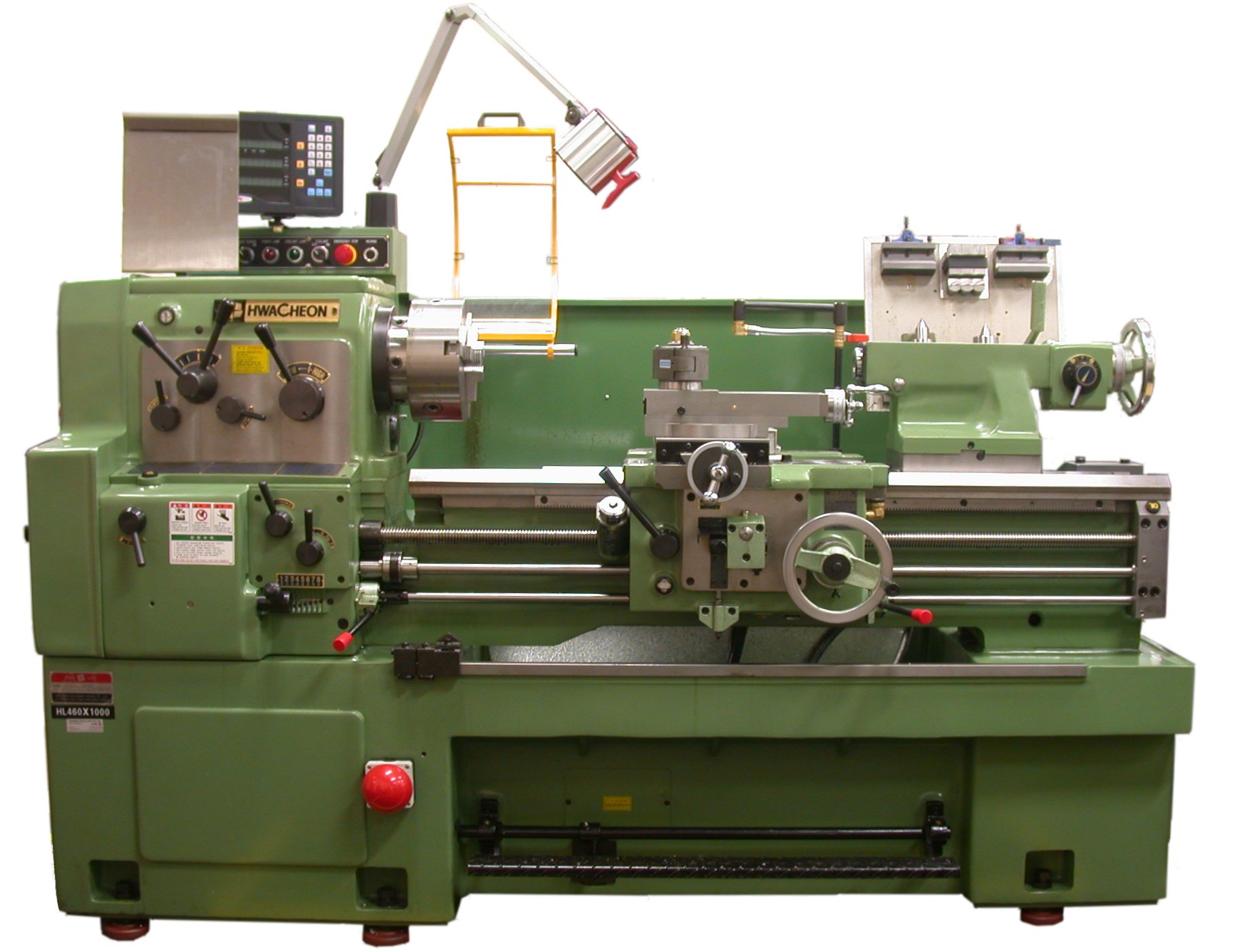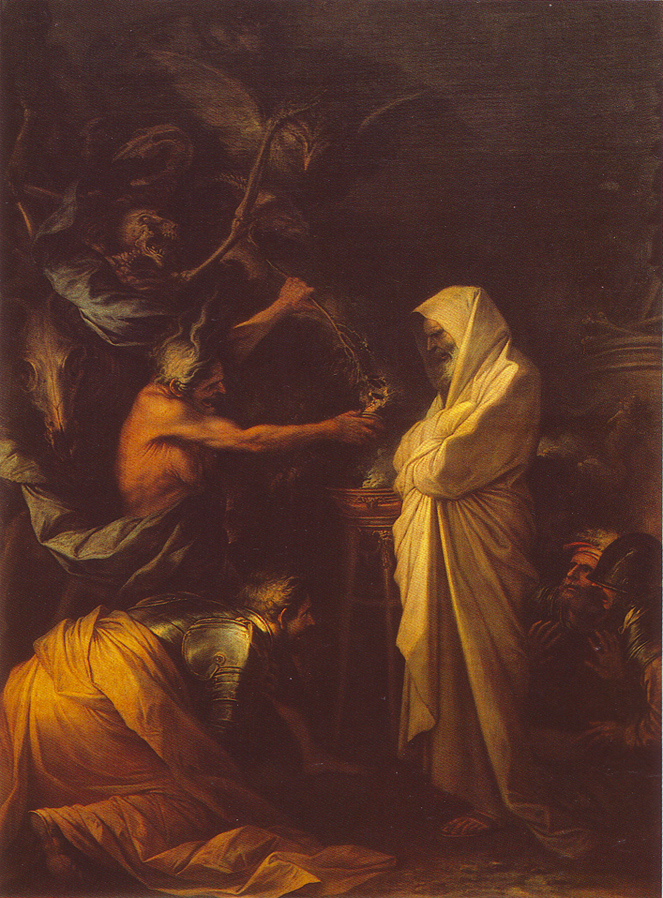|
One Good Turn (Rybczynski Book)
''One Good Turn: A Natural History of the Screwdriver and the Screw'' is a book published in 2000 by Canadian architecture, architect, professor and writer Witold Rybczynski. History The idea for the book came in 1999 when an editor at ''The New York Times Magazine'' asked Rybczynski to write a short essay on the best and most useful common tool of the previous 1,000 years. Rybczynski took the assignment, but as he researched the history of the items in his workshop – hammers and saws, spirit level, levels and plane (tool), planes – he found that most dated well back into antiquity. At the point of giving up, he asked his wife for ideas. She answered: "You always need a screwdriver for something." Content In the book, Rybczynski explains his discovery that the screwdriver is a relatively new addition to the toolbox, an invention of the Late Middle Ages in Europe and the only major mechanical device not independently invented by the Chinese. Leonardo da Vinci was there at ... [...More Info...] [...Related Items...] OR: [Wikipedia] [Google] [Baidu] |
Witold Rybczynski
Witold Rybczynski (born 1 March 1943) is a Canadian American architect, professor and writer. He is currently the Martin and Margy Meyerson Professor Emeritus of Urbanism at the University of Pennsylvania. Early life Rybczynski was born in Edinburgh of Polish parentage and raised in Surrey, England, before moving at a young age to Canada. He attended Loyola College in Montreal. He received Bachelor of Architecture (1966) and Master of Architecture (1972) degrees from McGill University in Montreal. Career Rybczynski has written around 300 articles and papers on the subjects of housing, architecture, and technology, many of which are aimed at a non-technical readership. His work has been published in a wide variety of magazines, including '' The Wilson Quarterly'', '' The Atlantic Monthly'', and ''The New Yorker''. From 2004 to 2010, he was architecture critic for '' Slate''. He taught at McGill University (1974–1993) and the University of Pennsylvania (1993–2012), an ... [...More Info...] [...Related Items...] OR: [Wikipedia] [Google] [Baidu] |
Architecture
Architecture is the art and technique of designing and building, as distinguished from the skills associated with construction. It is both the process and the product of sketching, conceiving, planning, designing, and construction, constructing buildings or other Structure#Load-bearing, structures. The term comes ; ; . Architectural works, in the material form of buildings, are often perceived as cultural symbols and as work of art, works of art. Historical civilizations are often identified with their surviving architectural achievements. The practice, which began in the Prehistory, prehistoric era, has been used as a way of expressing culture by civilizations on all seven continents. For this reason, architecture is considered to be a form of art. Texts on architecture have been written since ancient times. The earliest surviving text on architectural theory, architectural theories is the 1st century AD treatise by the Roman architect Vitruvius, according to whom a good bui ... [...More Info...] [...Related Items...] OR: [Wikipedia] [Google] [Baidu] |
The New York Times Magazine
''The New York Times Magazine'' is an American Sunday magazine included with the Sunday edition of ''The New York Times''. It features articles longer than those typically in the newspaper and has attracted many notable contributors. The magazine is noted for its photography, especially relating to fashion and style. History 19th century Its first issue was published on September 6, 1896, and contained the first photographs ever printed in the newspaper.The New York Times CompanyNew York Times Timeline 1881-1910. Retrieved on 2009-03-13. In the early decades, it was a section of the broadsheet paper and not an insert as it is today. The creation of a "serious" Sunday magazine was part of a massive overhaul of the newspaper instigated that year by its new owner, Adolph Ochs, who also banned fiction, comic strips, and gossip columns from the paper, and is generally credited with saving ''The New York Times'' from financial ruin. [...More Info...] [...Related Items...] OR: [Wikipedia] [Google] [Baidu] |
Spirit Level
A spirit level, bubble level, or simply a level, is an Measuring instrument, instrument designed to indicate whether a surface is Horizontal plane, horizontal (level) or vertical direction, vertical (plumb-bob, plumb). Two basic designs exist: ''tubular'' (or ''linear'') and ''Bull's eye level, bull's eye'' (or ''circular''). Different types of spirit levels may be used by carpenters, stonemasons, bricklayers, other building trades workers, Surveyor (surveying), surveyors, millwrights and other metalworkers, and in some Photography, photographic or Videography, videographic work. History The history of the spirit level was discussed in brief in an 1887 article appearing in ''Scientific American''. Melchisédech Thévenot, a French scientist, invented the instrument some time before February 2, 1661. This date can be established from Thevenot's correspondence with scientist Christiaan Huygens. Within a year of this date the inventor circulated details of his invention to othe ... [...More Info...] [...Related Items...] OR: [Wikipedia] [Google] [Baidu] |
Plane (tool)
A hand plane is a tool for shaping wood using muscle power to force the cutting blade over the wood surface. Some rotary power planers are motorized power tools used for the same types of larger tasks, but are unsuitable for fine-scale planing, where a miniature hand plane is used. Generally, all planes are used to flatten, reduce the thickness of, and impart a smooth surface to a rough piece of lumber or timber. Planing is also used to produce horizontal, vertical, or inclined flat surfaces on workpieces usually too large for shaping, where the integrity of the whole requires the same smooth surface. Special types of planes are designed to cut joints or decorative mouldings. Hand planes are generally the combination of a cutting edge, such as a sharpened metal plate, attached to a firm body, that when moved over a wood surface, take up relatively uniform shavings, by nature of the body riding on the 'high spots' in the wood, and also by providing a relatively constant angle ... [...More Info...] [...Related Items...] OR: [Wikipedia] [Google] [Baidu] |
Invention
An invention is a unique or novelty (patent), novel machine, device, Method_(patent), method, composition, idea, or process. An invention may be an improvement upon a machine, product, or process for increasing efficiency or lowering cost. It may also be an entirely new concept. If an idea is unique enough either as a stand-alone invention or as a significant improvement over the work of others, it can be patented. A patent, if granted, gives the inventor a proprietary interest in the patent over a specific period of time, which can be licensed for financial gain. An inventor creates or discovers an invention. The word ''inventor'' comes from the Latin verb ''invenire'', ''invent-'', to find. Although inventing is closely associated with science and engineering, inventors are not necessarily engineers or scientists. The ideation process may be augmented by the applications of algorithms and methods from the domain collectively known as evolutionary robotics, artificial intellige ... [...More Info...] [...Related Items...] OR: [Wikipedia] [Google] [Baidu] |
Late Middle Ages
The late Middle Ages or late medieval period was the Periodization, period of History of Europe, European history lasting from 1300 to 1500 AD. The late Middle Ages followed the High Middle Ages and preceded the onset of the early modern period (and in much of Europe, the Renaissance). Around 1350, centuries of prosperity and growth in Europe came to a halt. A series of famines and Plague (disease), plagues, including the Great Famine of 1315–1317 and the Black Death, reduced the population to around half of what it had been before the calamities. Along with depopulation came social unrest and endemic warfare. Kingdom of France, France and Kingdom of England, England experienced serious peasant uprisings, such as the Jacquerie and the Peasants' Revolt, as well as over a century of intermittent conflict, the Hundred Years' War. To add to the many problems of the period, the unity of the Catholic Church was temporarily shattered by the Western Schism. Collectively, those events ar ... [...More Info...] [...Related Items...] OR: [Wikipedia] [Google] [Baidu] |
Leonardo Da Vinci
Leonardo di ser Piero da Vinci (15 April 1452 - 2 May 1519) was an Italian polymath of the High Renaissance who was active as a painter, draughtsman, engineer, scientist, theorist, sculptor, and architect. While his fame initially rested on his achievements as a painter, he has also become known for #Journals and notes, his notebooks, in which he made drawings and notes on a variety of subjects, including anatomy, astronomy, botany, cartography, painting, and palaeontology. Leonardo is widely regarded to have been a genius who epitomised the Renaissance humanism, Renaissance humanist ideal, and his List of works by Leonardo da Vinci, collective works comprise a contribution to later generations of artists matched only by that of his younger contemporary Michelangelo. Born out of wedlock to a successful notary and a lower-class woman in, or near, Vinci, Tuscany, Vinci, he was educated in Florence by the Italian painter and sculptor Andrea del Verrocchio. He began his career ... [...More Info...] [...Related Items...] OR: [Wikipedia] [Google] [Baidu] |
Lathe (tool)
A lathe () is a machine tool that rotates a workpiece about an axis of rotation to perform various operations such as cutting, sanding, knurling, drilling, deformation, facing, threading and turning, with tools that are applied to the workpiece to create an object with symmetry about that axis. Lathes are used in woodturning, metalworking, metal spinning, thermal spraying, reclamation, and glass-working. Lathes can be used to shape pottery, the best-known design being the Potter's wheel. Most suitably equipped metalworking lathes can also be used to produce most solids of revolution, plane surfaces and screw threads or helices. Ornamental lathes can produce three-dimensional solids of incredible complexity. The workpiece is usually held in place by either one or two ''centers'', at least one of which can typically be moved horizontally to accommodate varying workpiece lengths. Other work-holding methods include clamping the work about the axis of rotation using a chuck ... [...More Info...] [...Related Items...] OR: [Wikipedia] [Google] [Baidu] |
Robertson Screwdriver
At a minimum, a screw drive is a set of shaped cavities and protrusions on the screw head that allows torque to be applied to it. Usually, it also involves a mating tool, such as a screwdriver, that is used to turn it. Some of the less-common drives are classified as being " tamper-resistant". Most heads come in a range of sizes, typically distinguished by a number, such as "Phillips #00". Overview Slotted drives Slot Slot screw drives have a single horizontal indentation (the ''slot'') in the fastener head and is driven by a "common blade" or flat-bladed screwdriver. This form was the first type of screw drive to be developed, and, for centuries, it was the simplest and cheapest to make because it can just be sawed or filed. Blunt or damaged tools can easily be re-ground as required in any workshop. It is unique because the slot head is straightforward to manufacture, and because it can be driven by a simple handtool. The ''slotted screw'' is commonly found in existing ... [...More Info...] [...Related Items...] OR: [Wikipedia] [Google] [Baidu] |
Samuel C
Samuel is a figure who, in the narratives of the Hebrew Bible, plays a key role in the transition from the biblical judges to the Kingdom of Israel (united monarchy), United Kingdom of Israel under Saul, and again in the monarchy's transition from Saul to David. He is Veneration, venerated as a prophet in Judaism, Christianity, and Islam. In addition to his role in the Bible, Samuel is mentioned in Jewish rabbinic literature, rabbinical literature, in the Christian New Testament, and in the second chapter of the Quran (although the text does not mention him by name). He is also treated in the fifth through seventh books of ''Antiquities of the Jews'', written by the Jewish scholar Josephus in the first century. He is first called "the Seer" in Books of Samuel, 1 Samuel 9:9. Biblical account Family Samuel's mother was Hannah (biblical figure), Hannah and his father was Elkanah. Elkanah lived at Ramathaim-Zophim, Ramathaim in the district of Zuph. His genealogy is also found in ... [...More Info...] [...Related Items...] OR: [Wikipedia] [Google] [Baidu] |







